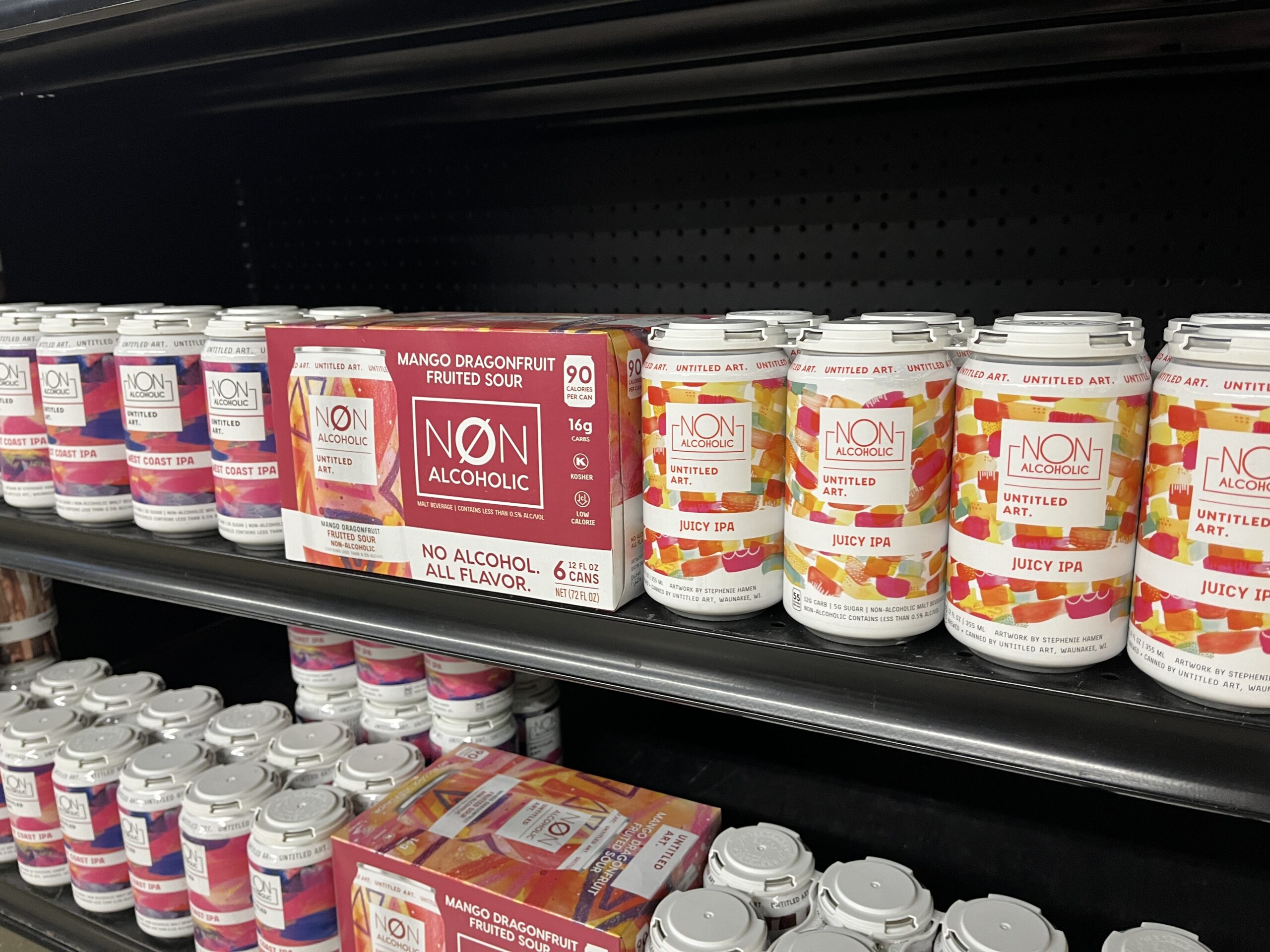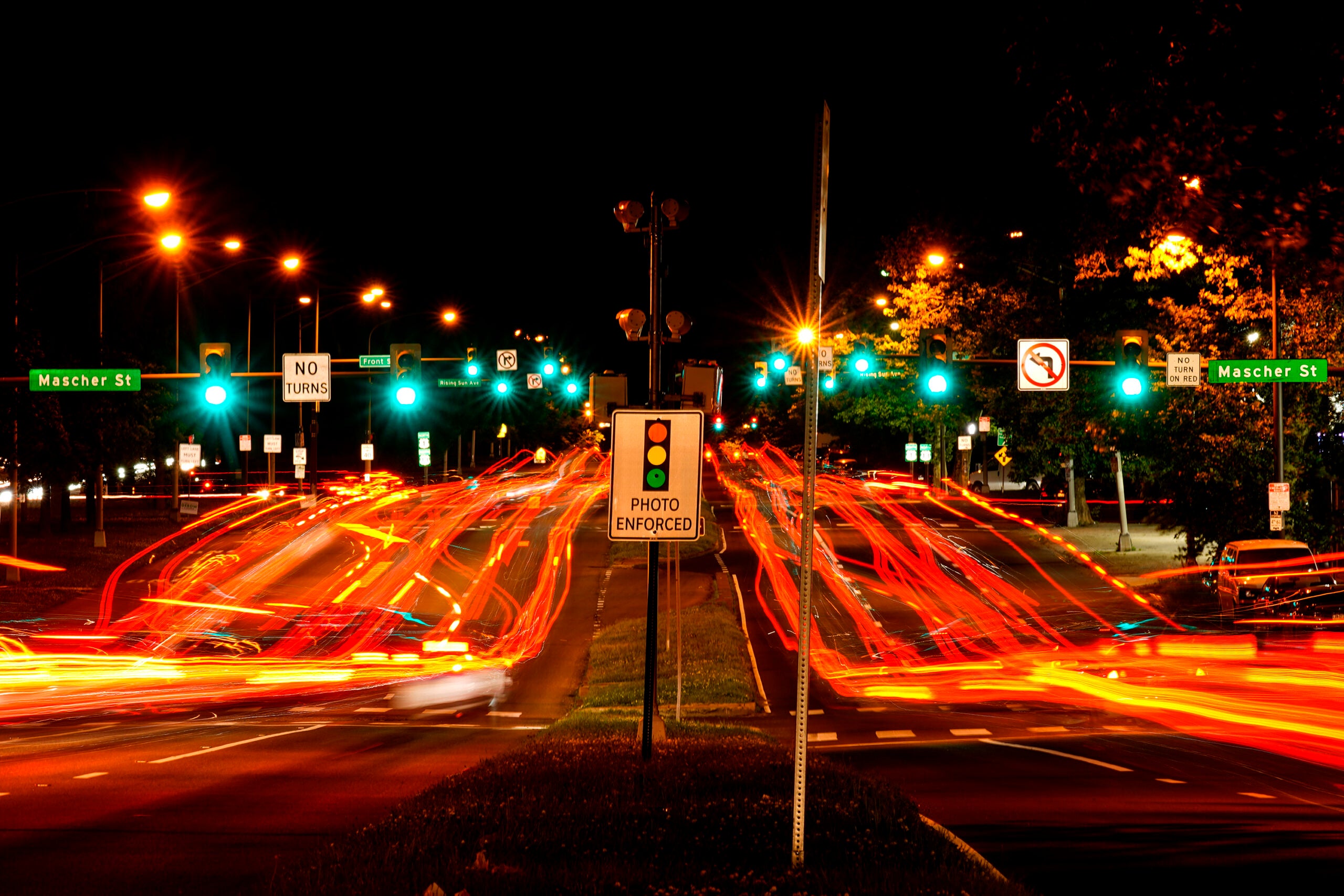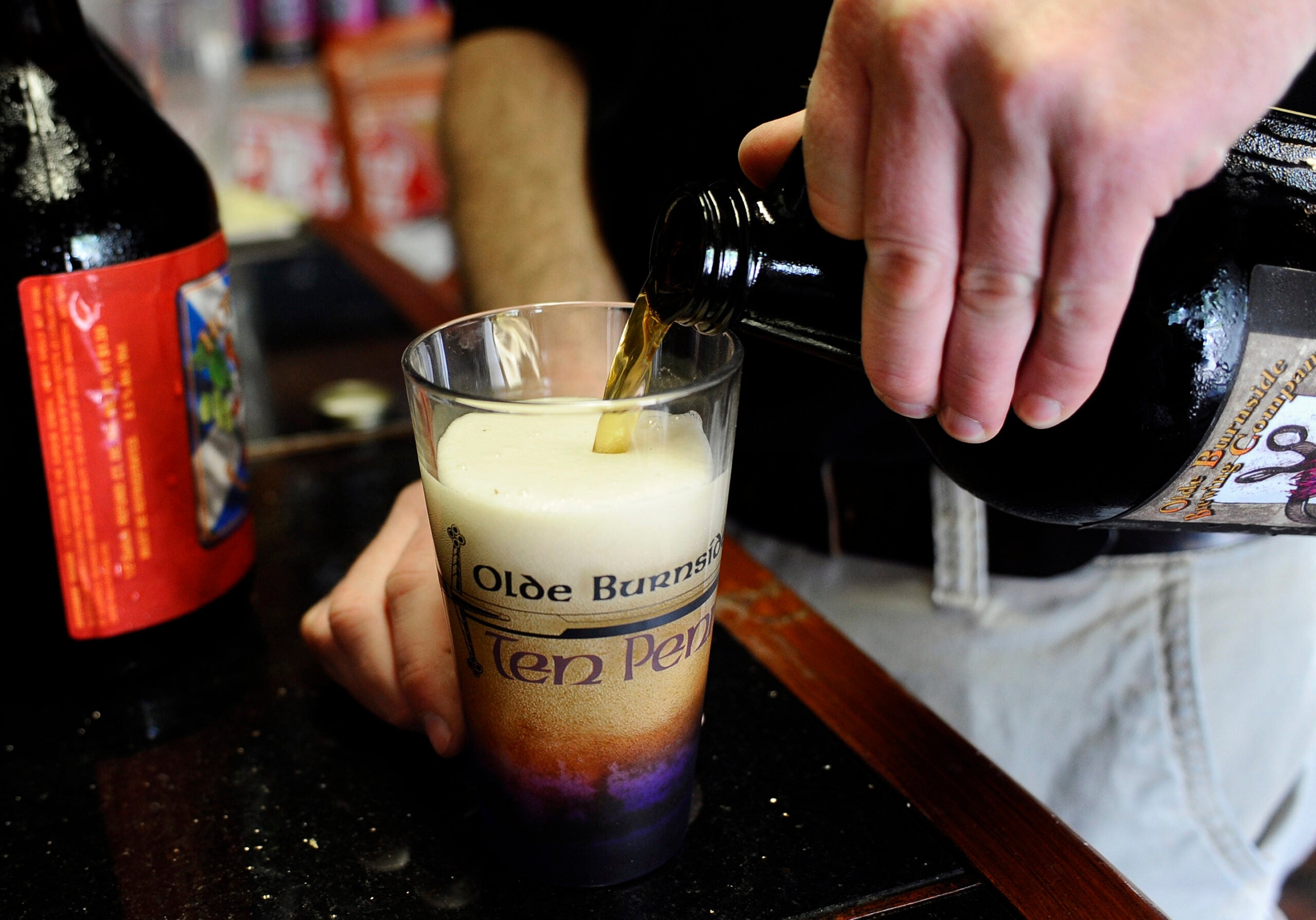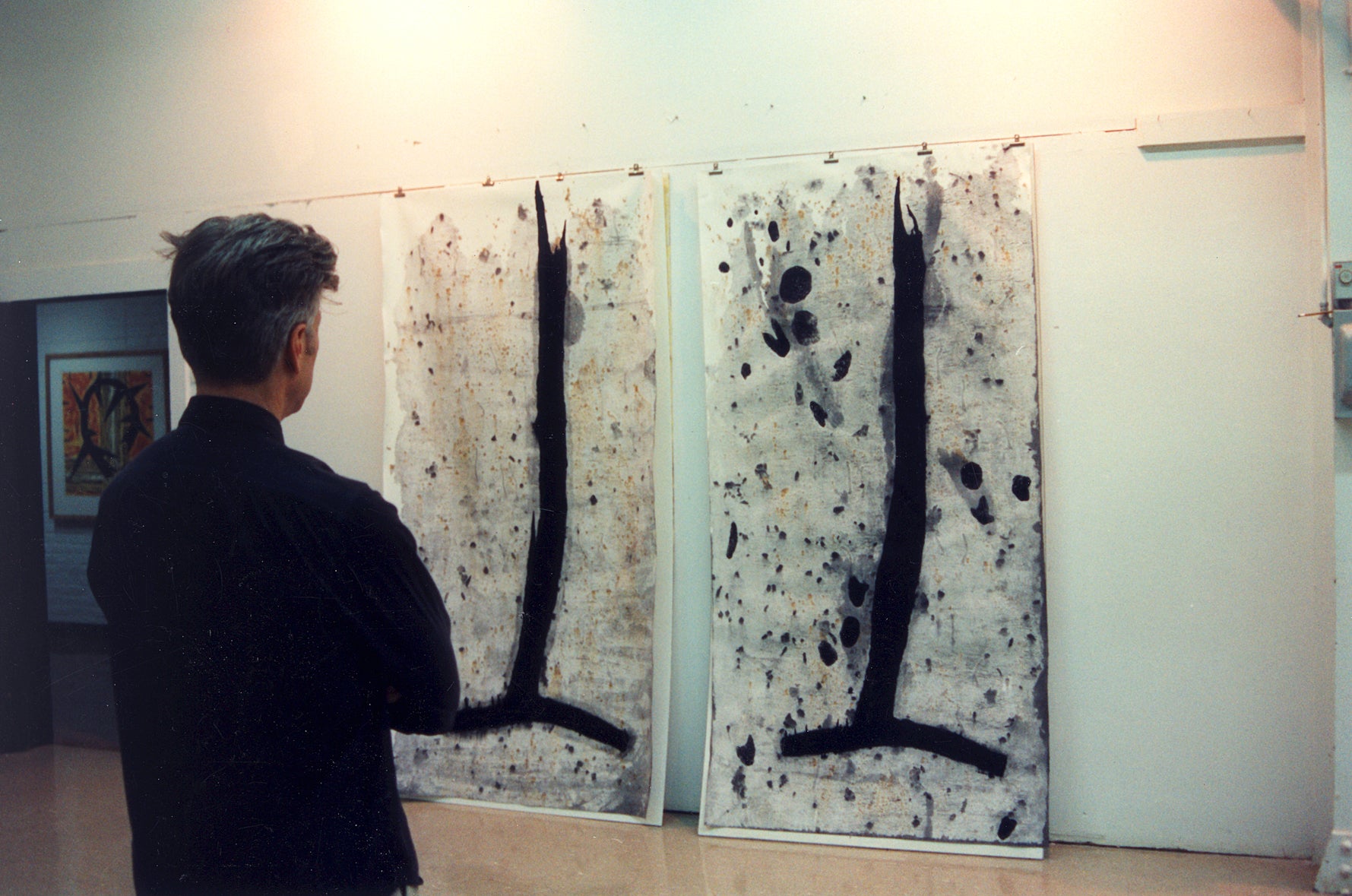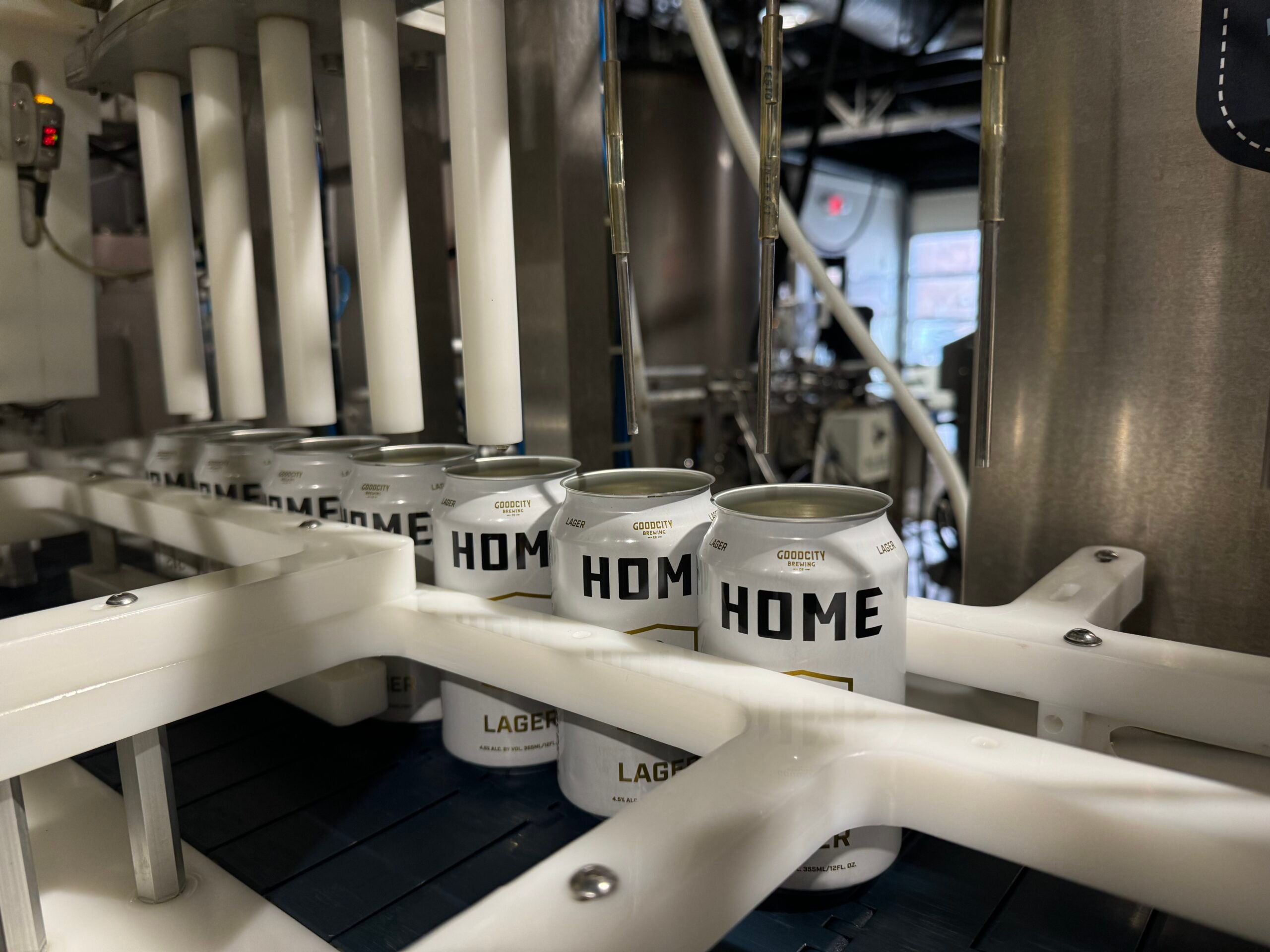When the pandemic ignited in early 2020 and prompted shutdowns of bars and restaurants around the country, many breweries panicked.
“There was a large paranoia throughout the industry about what this was going to do to breweries,” said Sam Green, the lead brewer at Untitled Art based in Waunakee. “Most thought that if they can’t distribute, they would go out of business.”
Instead, the industry experienced a boom year. Sales in the United States spiked to their highest level in almost two decades in 2020, reports IWSR, an alcohol beverage data firm.
News with a little more humanity
WPR’s “Wisconsin Today” newsletter keeps you connected to the state you love without feeling overwhelmed. No paywall. No agenda. No corporate filter.
But the consequences of that mass bender soon became apparent, too.
“With work from home, it wasn’t uncommon to hear about people who were drinking all day,” Green said. “The 5 o’clock happy hour started much earlier.”
Untitled Art, which had established itself in the hard seltzer market, decided to provide an alternative. It’s now one of several American breweries making nonalcoholic beers as people look for ways to enjoy the social aspects of drinking without the damaging effects of daily drinking.
“After Covid, people had a lot of self-reflection and said, ‘Well, this is a really dark time in my life. I need to think about my health — my mental health, my physical health,’” Green said. “And so we wanted to make some healthy beverages.”
The Waunakee brewery is now considered a leader in the nonalcoholic beer market, as highlighted in national reports by Gotham, Men’s Journal and Axios. Its beverages are distributed around the country.
Green recently appeared on WPR’s “The Morning Show” to talk about how nonalcoholic beer is made and the growing trend of nonalcoholic beverages.
Balancing sweet and bitter
Nonalcoholic beers have a stigma as tasting awful. Traditionally, they were created by making a regular beer and then halting the yeast as it starts to create alcohol.
“That leads to what brewers call ‘worty,’ which is an unfinished, unrefined, super sweet kind of beverage,” Green said. “The whole beauty of beer is the balance between bitterness and sweetness. And once you knock this sweet level too high and reduce the bitterness, you have an unbalanced beverage. That’s where these nonalcoholic beers weren’t getting it done.”
But technological breakthroughs in recent years have made it possible to find that balance between sweet and bitter without the alcohol. Green said NA beers are made three main ways today. Untitled Art uses two of them: reverse osmosis membrane filtration and arrested fermentation.
Reverse osmosis membrane filtration uses special — and expensive — equipment to remove alcohol from a brew while retaining the flavor. Afterwards, water is added to the beverage. Arrested fermentation uses special strains of yeast that don’t complete the fermentation process that produces alcohol.
Green said both processes create beer with trace amounts of alcohol — 0.49 percent or less.
A third NA brewing method is vacuum distillation, which can completely remove alcohol from beer. While Untitled Art doesn’t use this process, some large brewing companies do, Green said.
Market ‘on fire’
The Wall Street Journal reports that sales for nonalcoholic beers jumped more than 30 percent from 2022 to 2023, with breweries like Heineken, Budweiser, Sierra Nevada, Corona and Guinness all producing nonalcoholic options. Smaller breweries like Untitled Art, Bravus, Go, Athletic and others offer craft NA beer.
Green said the market for nonalcoholic beers is “on fire right now.”
“At first we had to fight for it, especially on draft. … And now people are approaching us asking, ‘Where can I get this?’” he said. “That’s how economics will play out as there’s more demand. So, now we’re making more supply, and you see it more and more at different locations.”
When people start drinking nonalcoholic beer, there can be a bit of a palate adjustment. Green compares the experience to when you hear a familiar song on the radio and anticipate the melody and lyrics in your heads. The same thing happens when sipping an NA beer: Your taste buds are looking for the taste of alcohol and notice its absence.
That’s where the skill of a brewer comes in, Green said.
“We try to smooth out that pothole and fill that space in.”
Wisconsin Public Radio, © Copyright 2026, Board of Regents of the University of Wisconsin System and Wisconsin Educational Communications Board.
